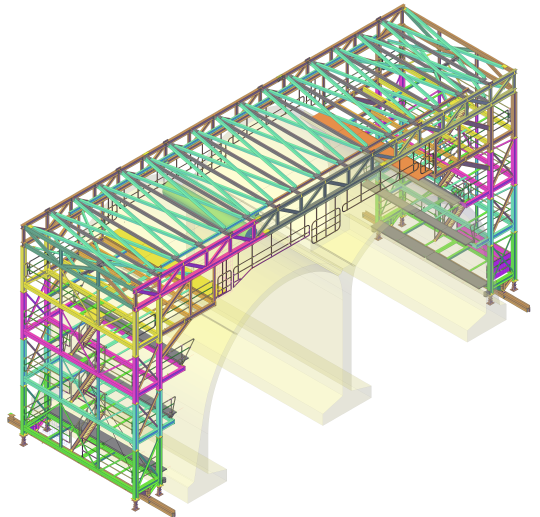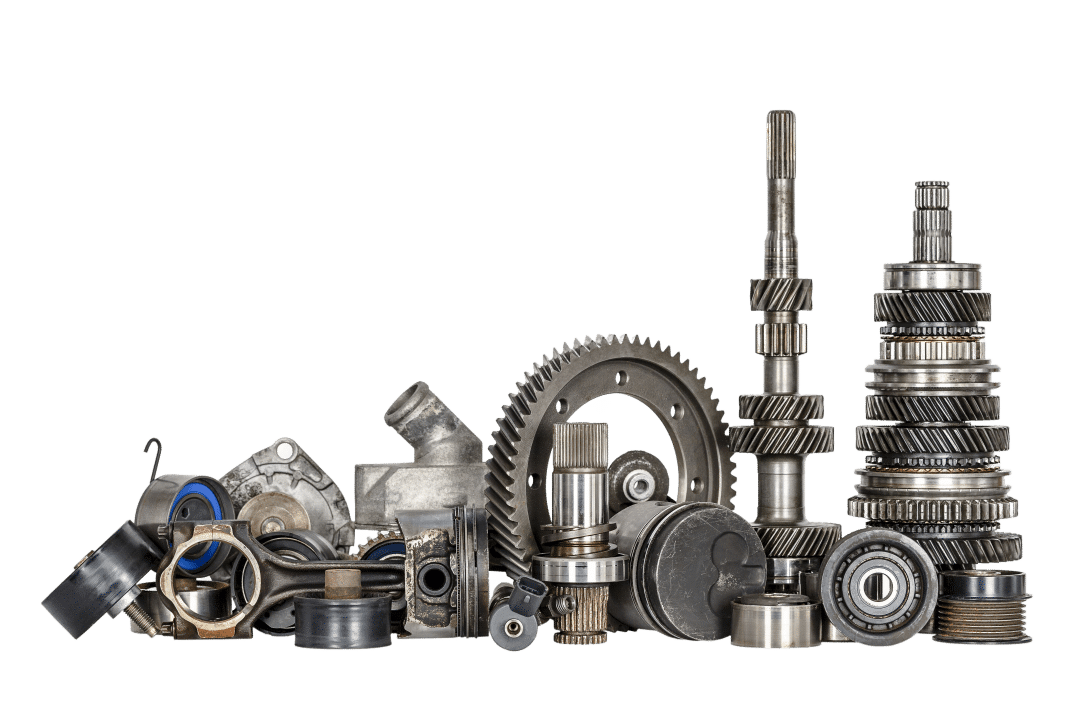Structural engineering is a component of civil engineering, and it has emerged over millennia as a fundamental part of the construction process. The first recorded use of structural engineering, innovation dates back to more than 2,000 years BC. When famed Egyptian polymath Imhotep designed and built one of the wonders of the world: the step pyramid of Saqqara.
The great inventor Leonardo Da Vinci created a number of impressive designs in his application of structural engineering techniques. The use of structural engineering became fundamental to all construction through the 19th and 20th centuries. When steel structures began being built on huge scales to produce some of the world’s iconic structures like the Eifel Tower, the World Trade Center, and Sears Tower. Large apartment blocks and infrastructure projects also use structural engineering, with steel structures at their foundation.
The advancement of technology brought about the introduction of CAD for structure design and for finite analysis. This enabled structural engineering to become a staple of every construction process. Experts in structural engineering take on the enormous responsibility of producing designs, steel detailing, structural analysis and safety assessments of upcoming construction projects. Their expertise with CAD assures designs without error, efficient risk analysis, effective estimation of materials and costs, and creativity with different structural elements.
The following are vital areas of construction that are enhanced can even be made possible by structural engineering:
Structure design support
Through structural engineering, we are able to design individual elements of a structure and the overall structure simultaneously. Modern structures feature intricate designs, which call for creativity and astuteness when defining load resistance and support systems. Important factors like foundations, roofing types, floors, beams, steel quantities, retaining walls, alignments for durability and suspension of bridges. These are all areas where a structural detailing expert is vital.
Structural analysis
The complexity of the designs and composite materials of modern structures requires precise structural analysis. This ensures a design is safe and reliable. With the strength, stress design and appropriate materials so everything is done correctly based on scientific laws. Structural engineers consult with architects on steel structures. This can help delineate both external and internal factors such as load, intersections, wind velocity, nodes, landscape and components. They will help assess the capabilities of structures in areas like aesthetic features, building design codes and customer needs.
Safety assesment
Structural engineering enables the prediction of how safe a design is, and an assessment of its capacity and stability against both static and dynamic loading. Structural engineers will analyse external and internal forces. Such as materials used, fracture, vibration, structure fatigue, creep, temperature and wind, all of which have bearing on steel structures. The engineers will also delineate a structure’s ability to show red flags before the collapse of pre-stressed and post-tensioned constructs, and identify serviceability requirements in the long term of the structure.
Estimation
Structural engineering helps to highlight how individual structural members will behave. What are the most suitable materials and geometries for their safe construction. It breaks a complex structure down into individual elements, creating separate designs and analyses for each of them, whilst simultaneously detailing the larger structural analysis. The structural detailing of steel, erection height, fabrication needs, alignments, composite structures, reinforced cement/concrete compounds and replacement designs are important. All the information provided by a structural engineer will help builders, test design efficacy, designate the appropriate materials and estimate costs accurately.
It is only through the development of structural engineering principles and technologies that such incredible steel structures can be built to be safe and stand the test of time. At Restoric Design, we offer CAD solutions for large contracts, bringing our expertise to complex construction projects using the latest techniques and technologies. Our aim is to promote innovation and efficiency in construction and civil engineering. By consulting on structural engineering and many other elements of CAD. Large-scale projects and continue mankind’s ongoing pursuit of forward-thinking, creative design.



